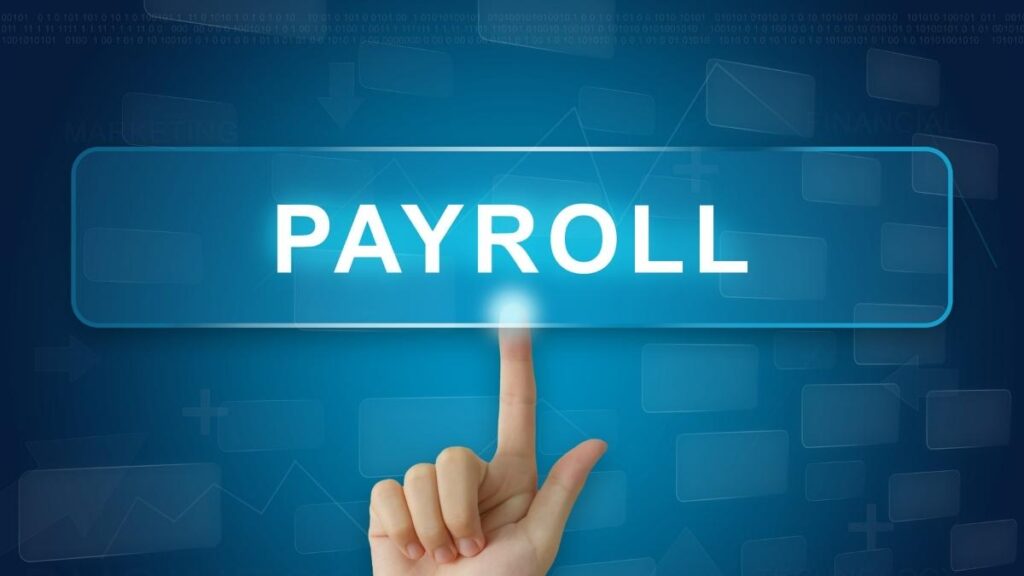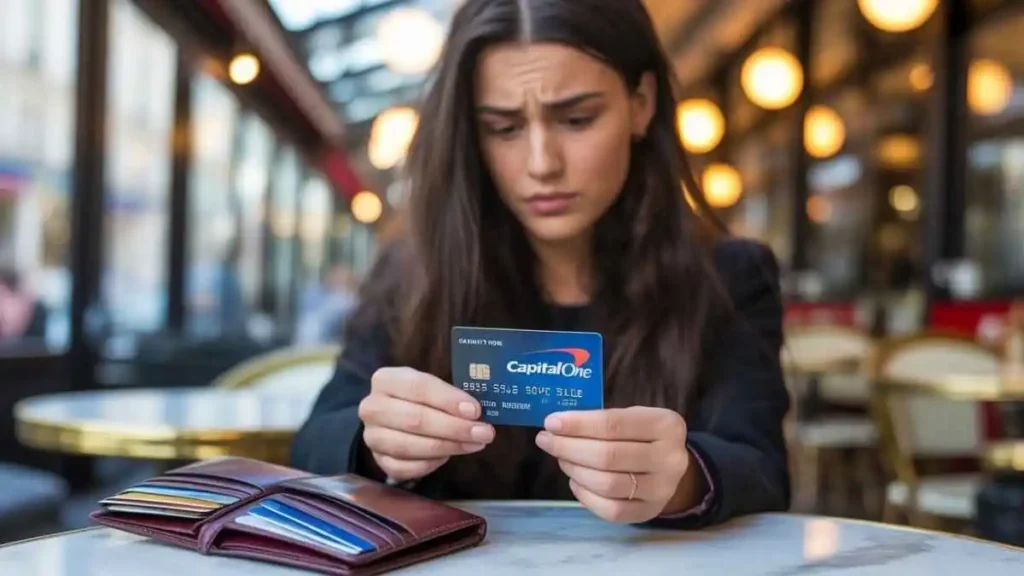
Credit cards are more than just pieces of plastic—they’re access to your money, credit line, and financial security. Yet many people slip their cards into wallets without thinking about how they might get scratched, bent, or even demagnetized. Over time, that wear and tear can make your card unreadable, leaving you frustrated at the checkout line.
The good news? A few smart habits can keep your credit cards in top shape and save you the hassle of replacements. Let’s look at how to protect credit cards from damage in your wallet, along with practical alternatives for everyday use.
Common Ways Credit Cards Get Damaged Inside Wallets
Even if you’re careful, cards can suffer damage just from daily use. Here are the most common problems:
- Scratches and Scuffs – Keys, coins, or even other cards can scratch the magnetic stripe or chip.
- Bending and Warping – Sitting on an overstuffed wallet or keeping it in a tight pocket can bend cards.
- Magnetic Strip Wear – Constant swiping or rubbing against other cards can wear out the stripe.
- Chip Damage – The EMV chip is sensitive. Excessive pressure or scratches may cause reading errors.
- Moisture and Heat – Wallets exposed to sweat, rain, or heat in a car can warp or peel cards.
- RFID Skimming – While not physical damage, some cards with contactless tech can be at risk of digital theft if left unprotected.
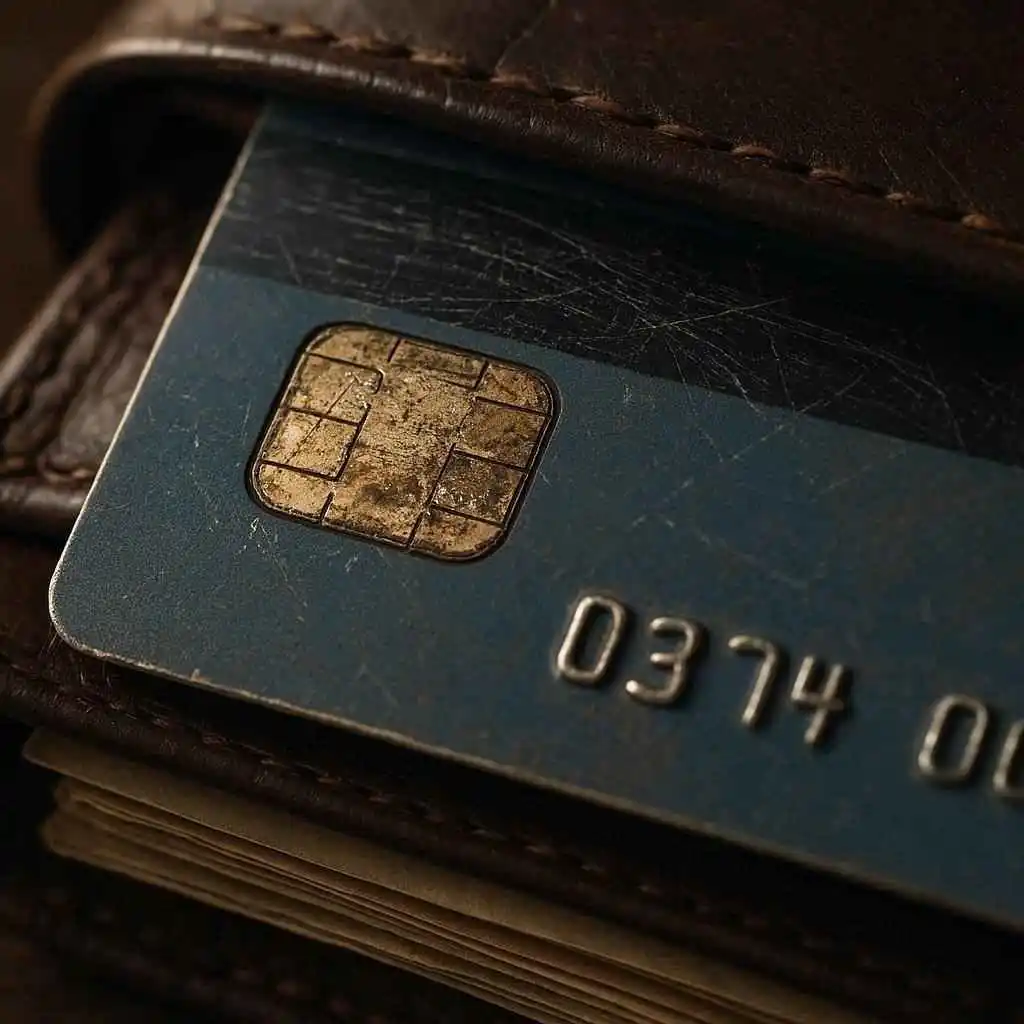
Best Practices to Protect Credit Cards in a Wallet
Taking simple precautions can extend the life of your cards.
1. Use Card Sleeves or Protectors
- Plastic or metal card sleeves prevent scratches and minimize friction.
- Some sleeves also offer RFID-blocking technology for added security.
2. Avoid Overstuffing Your Wallet
- A bulky wallet bends cards and makes them harder to remove smoothly.
- Keep only essential cards (credit, debit, ID) and store others safely at home.
3. Organize Cards by Placement
- Place credit cards in separate slots to reduce rubbing.
- Avoid stacking multiple cards in one slot.
4. Choose the Right Wallet
- Opt for a hard-shell wallet or minimalist cardholder for better protection.
- Leather wallets are fine but should not be too tight or stretched.
5. Keep Wallets Away from Heat and Moisture
- Don’t leave wallets in hot cars or damp environments.
- Use a waterproof pouch if you’re outdoors often.
Digital Wallets and Mobile Payments: A Smart Alternative
One of the easiest ways to reduce physical wear on your cards is to use digital wallets like Apple Pay, Google Wallet, or Samsung Pay.
Benefits of going digital:
- No swiping or inserting = less wear on your physical card.
- Mobile payments use tokenization for extra fraud protection.
- Works with most U.S. retailers that accept contactless payments.
- Great backup if your physical card gets damaged.
Even if you still carry your card, using mobile payments for everyday purchases cuts down the handling and keeps your card looking new longer.
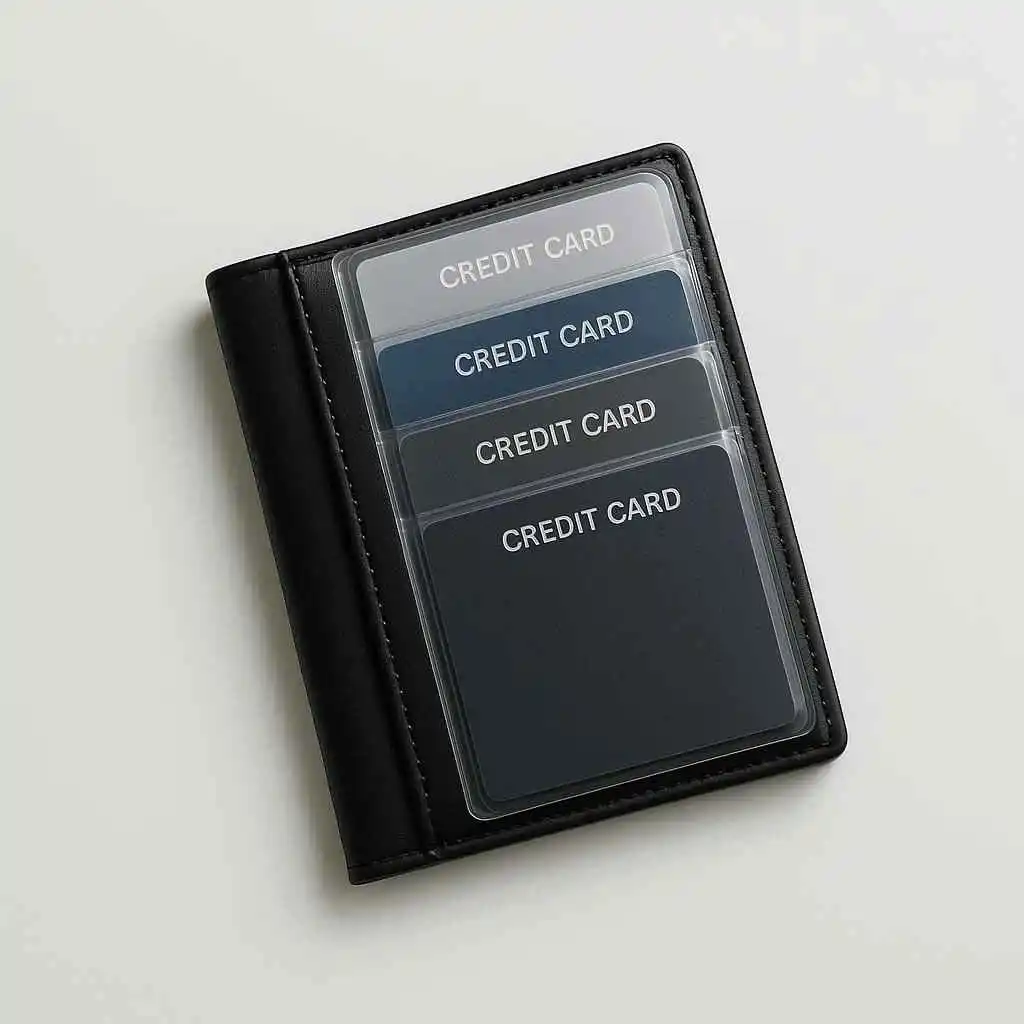
What to Do If Your Credit Card Gets Damaged
Sometimes, damage is unavoidable. If your card is bent, unreadable, or the chip stops working, here’s what to do:
- Contact Your Issuer Immediately
- Most U.S. banks (Chase, Capital One, Citi, etc.) will replace a damaged card for free.
- Expedited shipping is often available if you need it quickly.
- Monitor Your Account
- If your card was damaged in a way that makes swiping unreliable, watch out for duplicate charges.
- Destroy the Old Card Safely
- Cut through the chip and magnetic stripe before discarding.
- Never just toss a whole card into the trash.
- Switch to Backup Payment Options
- Keep a second credit or debit card handy in case of emergencies.
- Add cards to your digital wallet as a safety net.
Wallet-Care Tips for U.S. Consumers
Protecting your credit card also means protecting your wallet itself. Here are some extra tips:
- Clean your wallet occasionally—dust and dirt can scratch card surfaces.
- Avoid sitting on a thick wallet; it damages cards and can cause back pain.
- Don’t store receipts, coins, or keys in the same pocket as your cards.
- If you travel frequently, consider a travel wallet with extra padding and RFID protection.
Read Also- How to Protect Credit Cards from Damage in Wallet
FAQs About Protecting Credit Cards in Wallets
Can magnets in wallets damage credit cards?
Yes, strong magnets can erase or weaken the magnetic stripe. While most modern cards rely on chips, it’s still safer to avoid contact with magnets.
How long should a credit card last if properly cared for?
Most cards last 3–5 years until their expiration date. With good care, your card should remain functional throughout its lifespan.
Is RFID-blocking necessary for U.S. credit cards?
It’s a precaution. RFID theft isn’t common, but RFID-blocking sleeves or wallets provide peace of mind, especially while traveling.
Can bending a card permanently damage the chip?
Yes, even slight bending can loosen the chip’s connection and make it unreadable. Always keep cards flat.
Should I carry all my credit cards in my wallet?
No. Carry only what you need for daily use. Keep backup cards in a safe place at home.
What if my card gets stuck in a reader?
Gently remove it without force. If it’s damaged, call your issuer for a replacement right away.
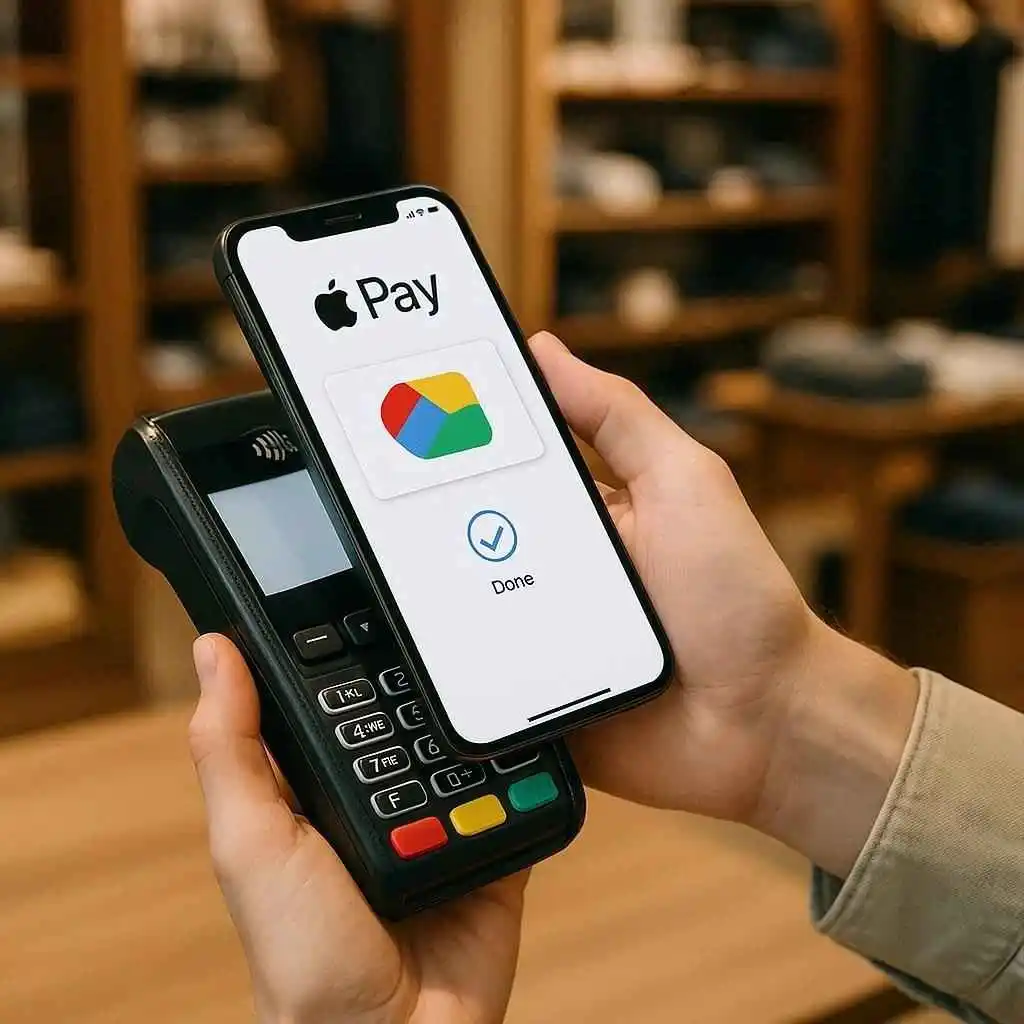
Final Thoughts
Your credit card is more than just a payment tool—it’s part of your financial security. Protecting it from scratches, bends, and wear ensures you avoid frustrating payment declines and unnecessary replacements. By using sleeves, organizing your wallet, avoiding overstuffing, and exploring digital payment options, you’ll extend the life of your cards and safeguard your financial access.
Small changes in how you carry and use your credit cards can save you bigger headaches later. Treat your wallet like a financial toolbox, and keep those tools in the best shape possible.

Emma Rose is a U.S.-based personal finance writer and a regular contributor at Cardix.us. She focuses on topics like credit cards, credit scores, and everyday money management. Emma’s writing makes complex financial concepts simple and practical, helping readers make smarter credit and spending decisions with confidence.


